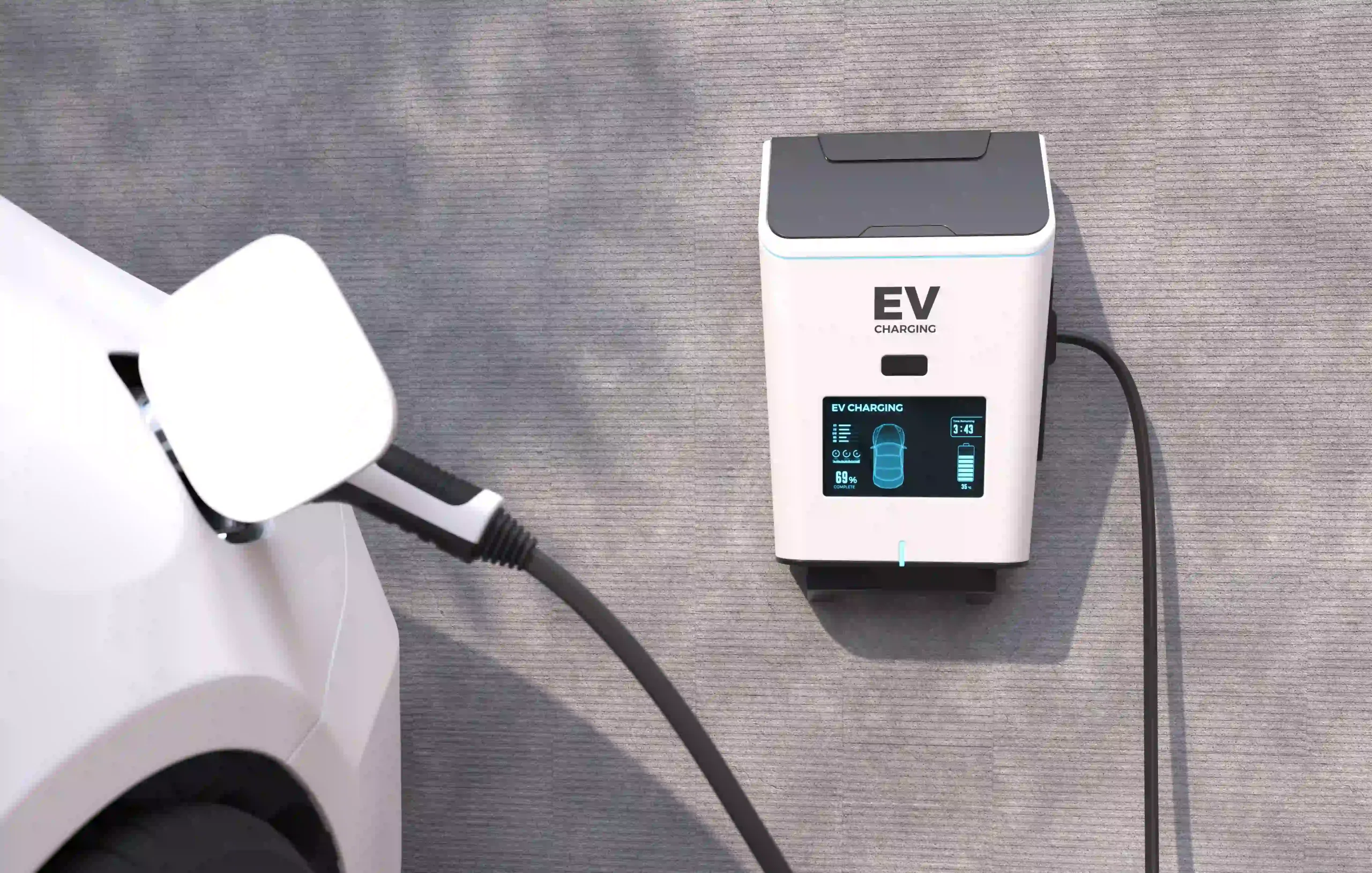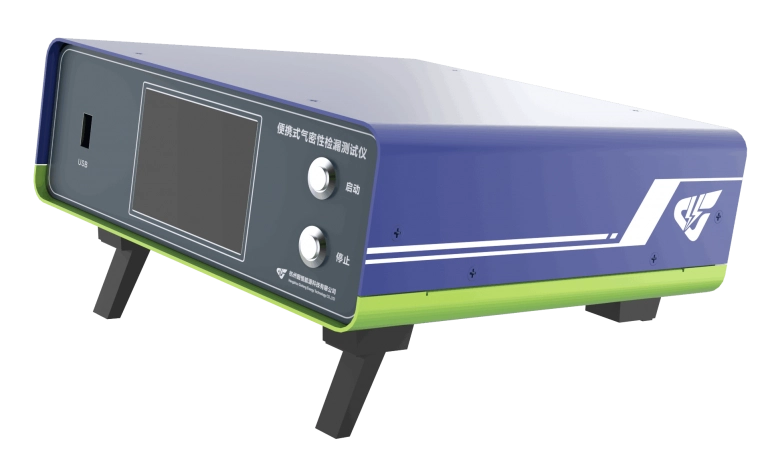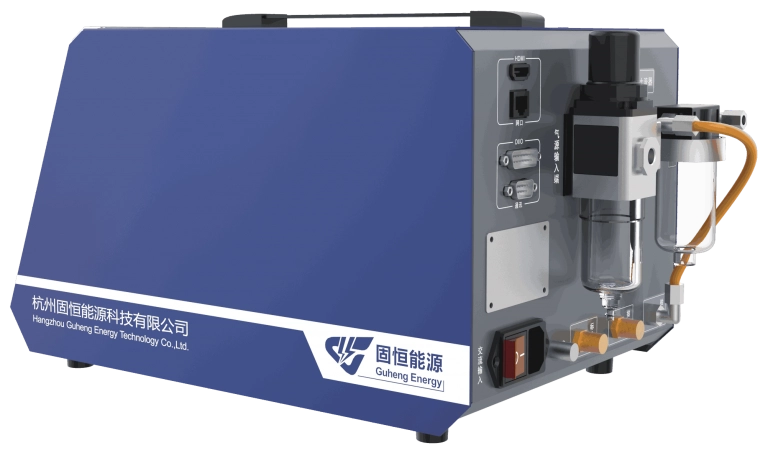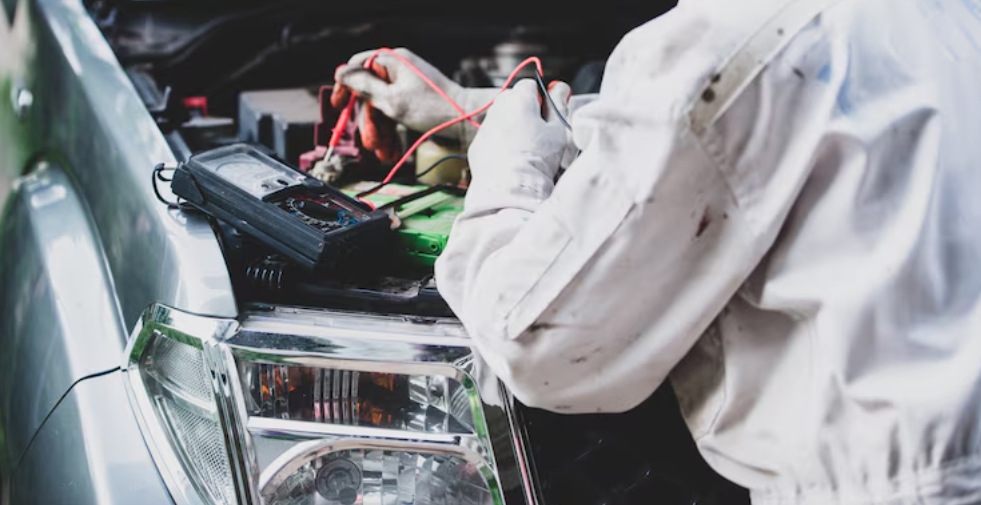
With the rapid development of the new energy vehicle industry, the battery pack, as a core component, has garnered significant attention for its performance and safety. Among the critical processes, airtightness testing stands out as a vital step in ensuring battery pack quality. Airtightness not only affects operational efficiency but also directly impacts safety and lifespan. This article provides a detailed exploration of the airtightness testing process for new energy battery packs, from principles to practical applications, while highlighting the expertise and services of Guheng Energy, alongside current trends and future prospects in this field.
The Importance of Airtightness Testing for New Energy Battery Packs
The Impact of Airtightness on Battery Pack Safety
New energy battery packs typically consist of multiple cells containing electrolytes and other chemicals. If the pack’s sealing is inadequate, external moisture, oxygen, or dust could infiltrate, potentially causing short circuits, corrosion, or even thermal runaway, which could lead to fires or explosions in severe cases. Robust airtightness effectively isolates the internal structure from the external environment, ensuring stability under various extreme conditions.
For instance, in high-humidity or low-temperature environments, a poorly sealed battery pack may suffer from reduced insulation due to moisture ingress, heightening safety risks. Thus, airtightness testing is an indispensable part of both production and usage phases.
The Application Value of Airtightness Testing in the New Energy Industry
In the new energy sector, airtightness testing is not only a key quality control measure but also a way to enhance product competitiveness. Through testing, manufacturers can identify sealing defects early, optimize production processes, and reduce repair rates and recall costs. Moreover, as national safety standards for new energy vehicles become stricter, airtightness testing has become a critical compliance requirement, directly influencing market access.
Basic Principles of Airtightness Testing for New Energy Battery Packs
Core Technologies and Methods of Airtightness Testing
The essence of airtightness testing lies in detecting pressure differences or gas leakage between the interior and exterior of a battery pack to assess its sealing performance. Common methods include:
- Pressure Decay Method: Involves injecting a specific pressure of gas into the battery pack and observing whether the pressure drops over time. A drop beyond the standard indicates a leak.
- Helium Detection Method: Utilizes helium’s small molecular size by injecting it into the pack and using an external detector to check for leaks, ideal for high-precision testing.
- Flow Method: Measures the gas flow rate through the sealing interface over a set period to determine airtightness.
Each method has its strengths and weaknesses, allowing companies to select the most suitable approach based on the battery pack’s structure and testing needs. For more details on testing methods, visit Guheng Energy’s detection product page.
Introduction to Commonly Used Airtightness Testing Equipment
A variety of airtightness testing equipment is available, with the following being some common types:
| Equipment Type | Features | Applicable Scenarios |
| Portable Airtightness Tester | Compact, easy to operate | Small-batch production or field testing |
| Automated Testing System | Integrated, high efficiency | Mass production lines |
For example, the QMM Series Portable Air-tightness Leak Test Instrument is widely favored for its portability and cost-effectiveness, making it ideal for small and medium-sized enterprises.

A Detailed Breakdown of the Airtightness Testing Process for Battery Packs
Preparation: Testing Environment and Equipment Calibration
Before testing, it’s essential to ensure a stable environment—temperature, humidity, and other conditions—to avoid external interference with results. Equipment calibration is also critical, such as verifying the accuracy of pressure sensors and checking gas line seals to ensure data reliability.
- Environmental Requirements: Temperature 20-25°C, humidity <60%.
- Equipment Calibration: Follow the manual to calibrate using standard components.
Testing Process: Common Steps and Key Stages
- Sample Installation: Secure the battery pack in the testing fixture, ensuring sealed interfaces.
- Pressurization or Vacuum: Depending on the method, inject gas or extract air from the pack.
- Data Collection: Record pressure changes or gas leakage, typically over seconds to minutes.
- Leak Localization: If the test fails, use tools like soapy water or helium detectors to pinpoint leaks.
Key stages involve controlling test duration and pressure range to prevent damage to the battery pack due to improper handling.
Data Analysis and Result Evaluation
Post-testing, data analysis determines compliance with standards. For instance, in the pressure decay method, if the pressure drop is below a threshold (e.g., 0.5Pa/s), the airtightness is deemed acceptable. Evaluation also considers the pack’s intended use, such as meeting IP67 protection standards for higher sealing requirements.

Guheng Energy: A Trusted Expert in New Energy Service Technology Solutions
Company Overview and Core Technological Advantages
Founded in 2018 and headquartered in Hangzhou, Guheng Energy is a high-tech enterprise focused on the new energy sector. The company specializes in providing comprehensive solutions, including battery pack airtightness testing, thermal management, and smart manufacturing. With years of technical expertise, Guheng excels in developing testing equipment and offering customized services.
Its core technologies include high-precision airtightness testing systems and intelligent data analysis platforms, meeting diverse battery pack testing needs. Guheng has served numerous prominent new energy companies since its inception, continuously advancing its technical capabilities.
Success Stories in Battery Pack Airtightness Testing
Guheng Energy once provided an airtightness testing solution for a well-known new energy vehicle manufacturer using the Portable Air-tightness Leak Test Instrument QMM-WZ-C-C0. This improved testing efficiency by 30% and helped the client achieve IP68 certification, showcasing Guheng’s technical prowess and industry impact.
Capability to Provide Customized Solutions
Beyond standard equipment, Guheng Energy offers tailored solutions. For large-scale power battery packs, it developed the Portable Air-tightness Leak Test Instrument QMM-AK2-2, integrating automated controls to meet high-throughput production demands.
Future Trends in Airtightness Testing for New Energy Battery Packs
Impact of New Materials and Technologies on Testing Methods
With the rise of solid-state batteries and other new materials, battery pack structures are becoming more complex, raising the bar for airtightness testing. For example, solid electrolytes are more sensitive to micro-leaks, rendering traditional pressure decay methods insufficient, while high-precision helium detection will see broader adoption.
Prospects for Intelligence and Automation in Testing
The future of airtightness testing lies in intelligence and automation. AI algorithms can analyze test data in real-time to predict potential defects, while automated systems enable unmanned operations, significantly boosting efficiency. Guheng Energy is already pioneering this shift with its smart testing systems, leading industry trends.
Frequently Asked Questions
Why Do New Energy Battery Packs Require Airtightness Testing?
New energy battery packs need airtightness testing because their internal cells are highly sensitive to external conditions. Moisture, oxygen, or dust ingress can cause electrolyte decomposition, insulation failure, or even short circuits and thermal runaway. Additionally, new energy vehicles often operate in extreme weather, such as heavy rain or cold climates, where poor airtightness heightens safety risks. Testing ensures packs meet standards like IP66 or higher, guaranteeing long-term stability and safety.
What Are the Common Methods of Airtightness Testing?
Common airtightness testing methods include:
- Pressure Decay Method: Detects leaks by monitoring pressure changes, suitable for most packs, cost-effective, and easy to use.
- Helium Detection Method: Uses helium’s high permeability for micro-leak detection, offering high precision for premium applications.
- Flow Method: Measures gas flow to assess sealing, ideal for rapid batch testing.
Each method suits specific scenarios, and companies can choose based on needs. Explore Guheng Energy’s testing equipment for options covering various methods.
How Often Should Airtightness Testing Be Conducted?
The frequency of airtightness testing depends on the production stage and usage context. During production, every unit typically undergoes testing to ensure factory quality. In use, periodic checks are recommended based on vehicle maintenance schedules (e.g., annually or every 20,000 km). Immediate testing is advised after incidents like impacts or water exposure. Specific plans should align with manufacturer guidelines and industry standards.
Conclusion
This article comprehensively covers the principles and practices of airtightness testing for new energy battery packs, spotlighting Guheng Energy’s expertise in the field. Whether enhancing product quality or addressing future challenges, airtightness testing will remain pivotal in the new energy industry. Visit the Guheng Energy website for more solutions!




